Found a total of 10000 related content

What is CSS Grid Layout?
Article Introduction:CSSGrid is a two-dimensional web layout tool that allows developers to accurately control the position and size of page elements by defining rows and columns. Unlike Flexbox, it can handle rows and columns simultaneously, suitable for building complex structures. To use Grid, you must first set the container to display:grid, and define the row and column size through 1.grid-template-columns and 2.grid-template-rows, set the spacing, and 4.grid-template-areas named area to improve readability. Its typical application scenarios include responsive layouts, dashboard interfaces, and picture galleries. Practical tips include: 5. Use grid-column/g
2025-06-23
comment 0
356
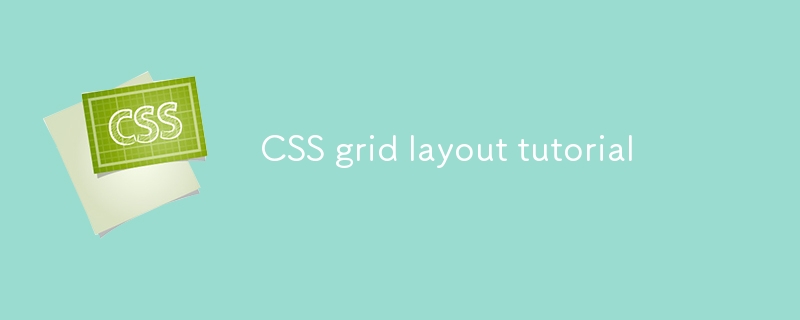
CSS grid layout tutorial
Article Introduction:CSSGrid layout implements a two-dimensional layout by defining container and row-column properties. 1. Set display:grid; create Grid container; 2. Use grid-template-columns and grid-template-rows to define the size of columns and rows, such as 200px1fr200px; 3. Use grid-column and grid-row to control the position of child elements, such as 1/span2 to span two columns; 4. Use gap to set the spacing, justify-items and align-items to control the alignment, thereby achieving flexible and complex page layout.
2025-07-25
comment 0
555
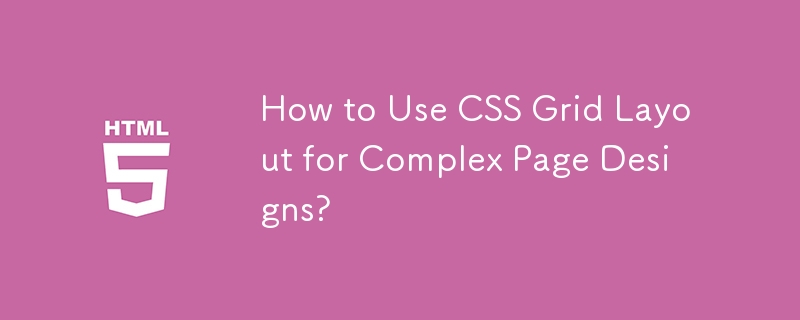
How to Use CSS Grid Layout for Complex Page Designs?
Article Introduction:This article explains CSS Grid for complex web page layouts. It details Grid's two-dimensional approach, contrasting it with Flexbox, and covers key properties like grid-template-rows, grid-template-areas, and grid-gap. Best practices for responsiv
2025-03-10
comment 0
526
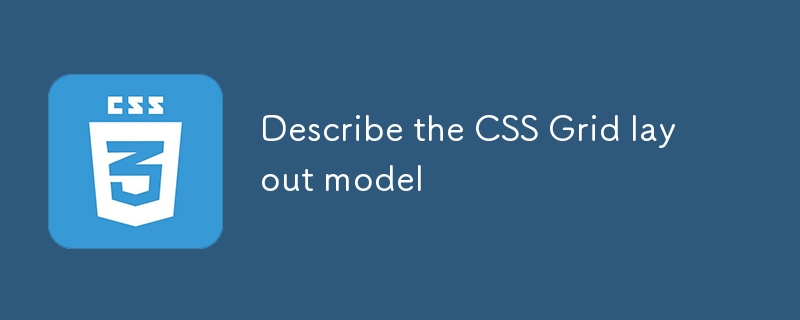
Describe the CSS Grid layout model
Article Introduction:CSSGrid is a two-dimensional system for web page layout. It creates grid structures by defining rows and columns and puts content into cells, suitable for complex page layouts. 1. Enable method: Set display:grid for the container; 2. Define rows and columns: Use grid-template-columns and grid-template-rows or repeat() functions; 3. Place elements: specify the position through grid-column, grid-row or grid-area; 4. Automatic layout: combine auto-fit and minmax() to achieve responsiveness; 5. Spacing and alignment: Use gap to set spacing, justify-items
2025-07-16
comment 0
734

Getting to Know Cutestrap, a Lightweight CSS Framework
Article Introduction:Cutestrap: A Lightweight CSS Framework for Streamlined Web Development
This article explores Cutestrap, a lightweight CSS framework, demonstrating its capabilities through a simple one-page HTML template example.
Key Features:
Ultra-lightweight: We
2025-02-21
comment 0
866
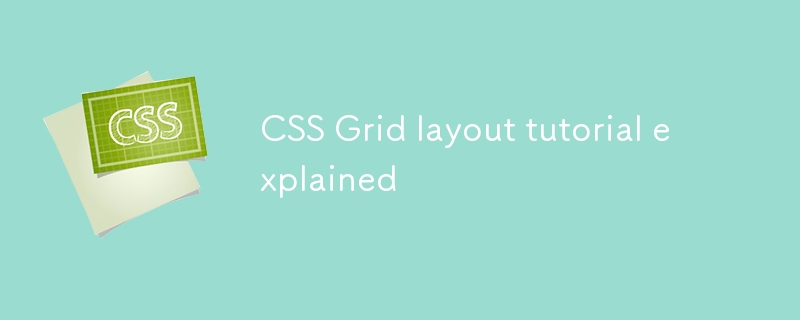
CSS Grid layout tutorial explained
Article Introduction:CSSGrid is a powerful 2D web layout tool suitable for handling complex page structures. 1. Defining the Grid container requires display:grid; 2. Using grid-template-columns and grid-template-rows to set the column and row size; 3. Position sub-items through grid-column and grid-row or span keywords; 4. Using grid-template-areas to name areas to simplify complex layout; 5. Use gap attributes to control spacing; 6. Automatically add new rows through grid-auto-rows; 7. Cooperate with media queries to realize responsive adjustments, mastering these key points can efficiently build modern
2025-07-01
comment 0
724

An Introduction to Python's Flask Framework
Article Introduction:This tutorial demonstrates building a simple two-page website using Flask, a lightweight Python web framework. It focuses on static content to establish a foundational workflow, easily expandable for more complex applications.
Flask Installation
Be
2025-02-28
comment 0
684

How to Create Custom Template Tags in Django?
Article Introduction:Django template tags: simplify data display and improve code reusability
In Django development, templates are used to dynamically render data into HTML pages. This article will introduce how to use Django template tags to simplify data display logic and avoid duplicating code in views.
Django template basic example
Let's say you have a simple course list HTML template:
The corresponding view code is as follows:
The view passes the course data to the template, which is ultimately displayed on the web page like this:
Question: Show total number of courses
Now, let's say you need to display the total number of courses on a web page. One way is to add calculation logic in the view:
def course_list(request):
to
2025-01-27
comment 0
806

Generating PDF Reports with Python
Article Introduction:The Python libraries that generate PDF reports include ReportLab, FPDF and WeasyPrint, each suitable for different scenarios; 1. ReportLab supports complex typesetting, suitable for high-quality documents; 2. FPDF is light and simple, suitable for quickly generating PDFs with simple structure; 3. WeasyPrint supports HTML/CSS to PDF, suitable for existing web page content; when writing data, you can insert the template line by line through the library or render the template with Jinja2; layout and style can be inserted through tables, fonts, colors and pictures; precautions include Chinese display, page layout, path issues and performance optimization.
2025-07-24
comment 0
953

Sesame Exchange web version registration portal
Article Introduction:The registration process of Sesame Exchange web version is simple and easy to understand. You just need to visit the official website and follow the following steps: Click "Register" in the upper right corner, fill in your personal information and verify your email address. To enhance security, it is recommended to enable two-factor authentication. After completing the above steps, you can successfully register the Sesame Exchange web version account.
2025-02-20
comment 0
1070
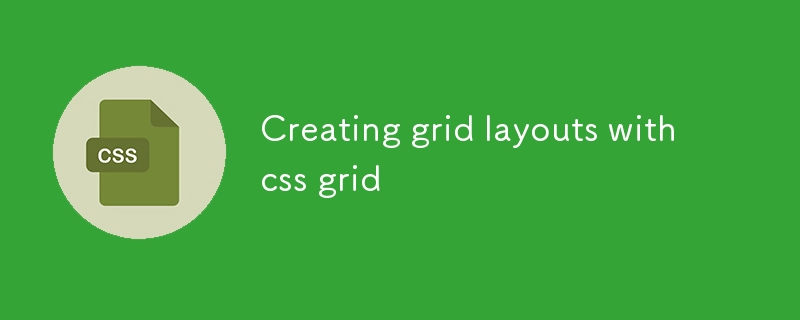
Creating grid layouts with css grid
Article Introduction:CSSGrid is a tool for two-dimensional layout of web pages. After creating a container through display:grid, use grid-template-columns and grid-template-rows to define rows and columns; 1. Use fr units or fixed values ??to set the size; 2. Use gap to control spacing, justify-items and align-items to control alignment; 3. Specify the starting line position of the child item through grid-column and grid-row; 4. Use repeat() to simplify the definition of repeated structures; 5. Use grid-area to implement naming area template layout.
2025-07-05
comment 0
509
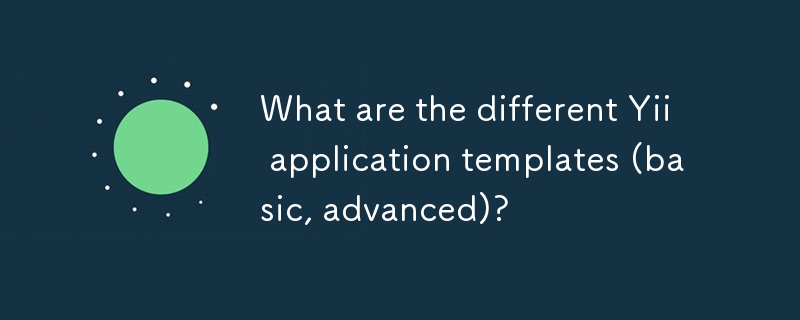
What are the different Yii application templates (basic, advanced)?
Article Introduction:Yii provides two main application templates: Basic and Advanced. Basic templates are suitable for small to medium-sized projects, with simple directory structure and basic functions, such as user login, contact forms and error pages, suitable for beginners or to develop simple applications; Advanced templates are suitable for large applications, support multi-environment architecture, built-in role permission management, and have a more complex file structure, suitable for team collaboration and enterprise-level development. When selecting a template, you should decide based on the project size, team structure and long-term goals: choose Basic for personal blogs or learning to use, and choose Advanced for e-commerce platforms or multi-module systems.
2025-08-03
comment 0
956
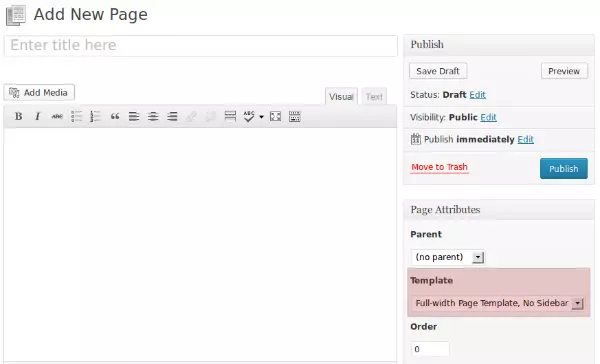
WordPress Page Design: Shortcodes v Page Templates
Article Introduction:WordPress Theme Customization: Comparison of Page Template and Short Code
With its powerful features and flexibility, WordPress dominates the field of web design. Many amazing page designs are derived from WordPress’s theme customization capabilities, and page templates and shortcodes play a key role. This article will explore these two technologies in depth to help you choose the one that best suits your needs.
Core points
WordPress mainly implements custom page design through page templates and short codes. Page templates are used to display categories, articles, and pages in the default topic; short codes are reusable code snippets that provide complex features and display options.
When you need to customize the entire page, you should be better
2025-02-20
comment 0
1064
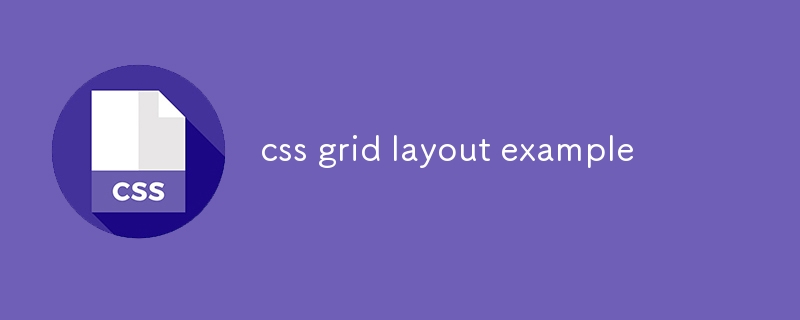
css grid layout example
Article Introduction:This CSSGrid example shows how to use grid layout to create a web page structure containing the header, sidebar, main content area and bottom. 1. Enable grid layout through display:grid; 2. Use grid-template-areas to name the area and define a layout structure of three rows and two columns; 3. Grid-template-columns set the left fixed 200px and the right adaptation; 4. Grid-template-rows define the header 60px, main content adaptation, and bottom 50px; 5. Gap attribute sets 10px spacing; 6. Min-height:100vh ensures that the container is full of viewport; 7. Responsive design is used to query on the screen through media.
2025-07-27
comment 0
853

B station short video entrance_B station short video entrance cinema online viewing
Article Introduction:The short video entrance of B station is mainly entered through the vertical screen short video mode (Story Mode) and dynamic publishing function. 1. There are three ways to enter the Story Mode: 1. Click the avatar icon in the upper left corner of the homepage to enter the vertical screen interface, which can slide to switch video and playback modes; 2. Click the video with the "vertical screen" label in the double column information flow of the homepage to enter directly; 3. Automatically enter when viewing published vertical screen videos through the personal homepage (can be turned off in settings). 2. Dynamically publishing short videos can be operated through the mobile phone or web page: 1. Click the "Publish" button in the upper right corner of the "My" page on the mobile phone and select the "Video" type to upload or shoot; 2. Click on the web page to submit and upload the video and edit and information settings. 3. Other entrances include partition browsing
2025-06-12
comment 0
395

How to create a sidebar navbar with Bootstrap 5?
Article Introduction:To add a side navigation bar to a web page, use Bootstrap5 to implement it in the following steps: 1. Use the grid system to build a two-column layout, with the sidebar on the left and the main content area on the right; 2. Use the nav component to build a vertical navigation menu, and realize vertical arrangement through the flex-column class; 3. If you need a mobile folding effect, you can combine the Collapse plug-in to achieve responsive switching; 4. Add custom CSS styles to optimize scrolling, hovering and activation status and other details. The structure is clear and the class name is correct to quickly build the responsive sidebar.
2025-08-03
comment 0
903
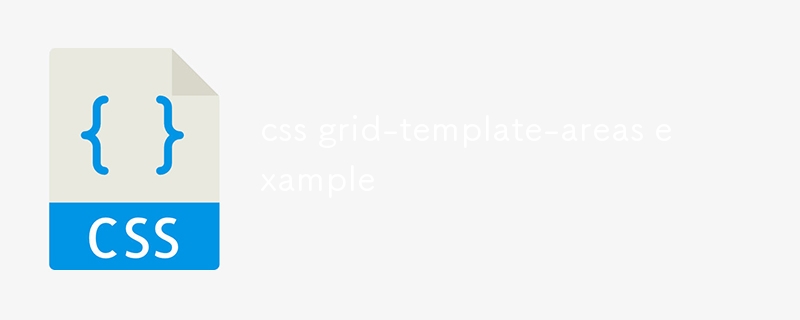
css grid-template-areas example
Article Introduction:grid-template-areas defines grid layout by naming regions. 1. It uses grid-areas of sub-elements with names in quotes to achieve an intuitive page structure; 2. The number of areas in each row must be consistent, otherwise an error will be reported; 3. "." can be used to represent blank cells; 4. The region names can be repeated across columns or across rows; 5. It is necessary to cooperate with media queries to achieve responsiveness, such as changing to a single-column stacking layout for small screens; this method improves code readability and maintenance, and is suitable for semantic and clear web page layout, and ultimately forms an easy-to-understand and easy-to-collaborate CSSGrid structure.
2025-07-25
comment 0
632

Defining page headers and footers with HTML5 `` and ``.
Article Introduction:Using HTML5 and elements can improve the clarity and accessibility of web page structure. It is usually located at the top of a page or block, and contains introductory content such as site titles, navigation menus or banners; it is often at the bottom, where copyright information, contact information or secondary navigation links are placed. Both can be used multiple times and content relevance is required. They support CSS style settings such as background color, margins, and text alignment to enhance visual distinction. However, not all pages must contain these two elements. Simple pages can be omitted according to actual needs, while standard web pages are recommended to improve user experience and SEO results.
2025-07-12
comment 0
626

Chrome user profiles are a powerful productivity tool
Article Introduction:You may not have used multiple user profiles for Google Chrome before, but it is an underrated productivity tool for anyone working from home. This feature allows you to build two distinct web browsing experiences that keep applications, extensions, browser history, cookies, saved payment methods and credentials separate from users.
This simple feature also allows you to create clear boundaries between work and personal life by customizing your browser to your specific needs.
[Related: Google Chrome finally launches long-awaited features to help you get rid of bad tag habits]
Over the next few weeks, Chrome will restart every time it restarts its browser
2025-02-25
comment 0
766
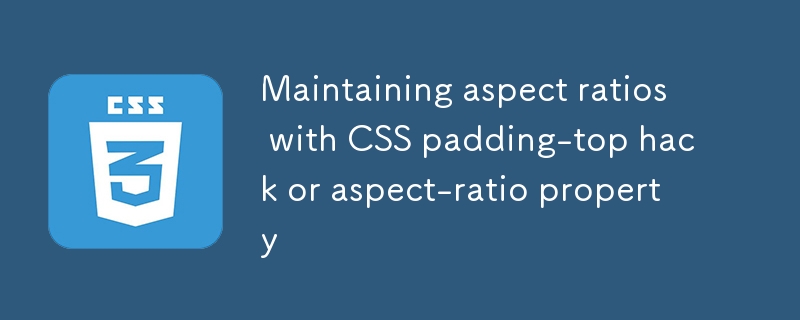
Maintaining aspect ratios with CSS padding-top hack or aspect-ratio property
Article Introduction:There are two ways to maintain the aspect ratio of elements in web page layout: 1. Use padding-top skills; 2. Use the aspect-ratio attribute. The padding-top method achieves proportional control through percentage calculation of placeholding, with good compatibility but complex structure, suitable for block-level elements; the aspect-ratio method is simple and intuitive, supports modern browsers, and can directly set aspect ratios, suitable for responsive design and inline elements. If you need to be compatible with old browsers, you can use fallback style in combination with featurequery.
2025-07-08
comment 0
271



















